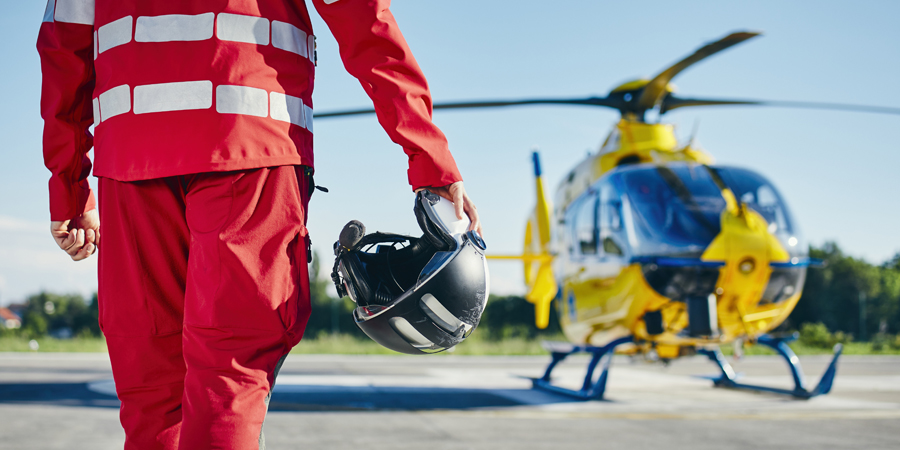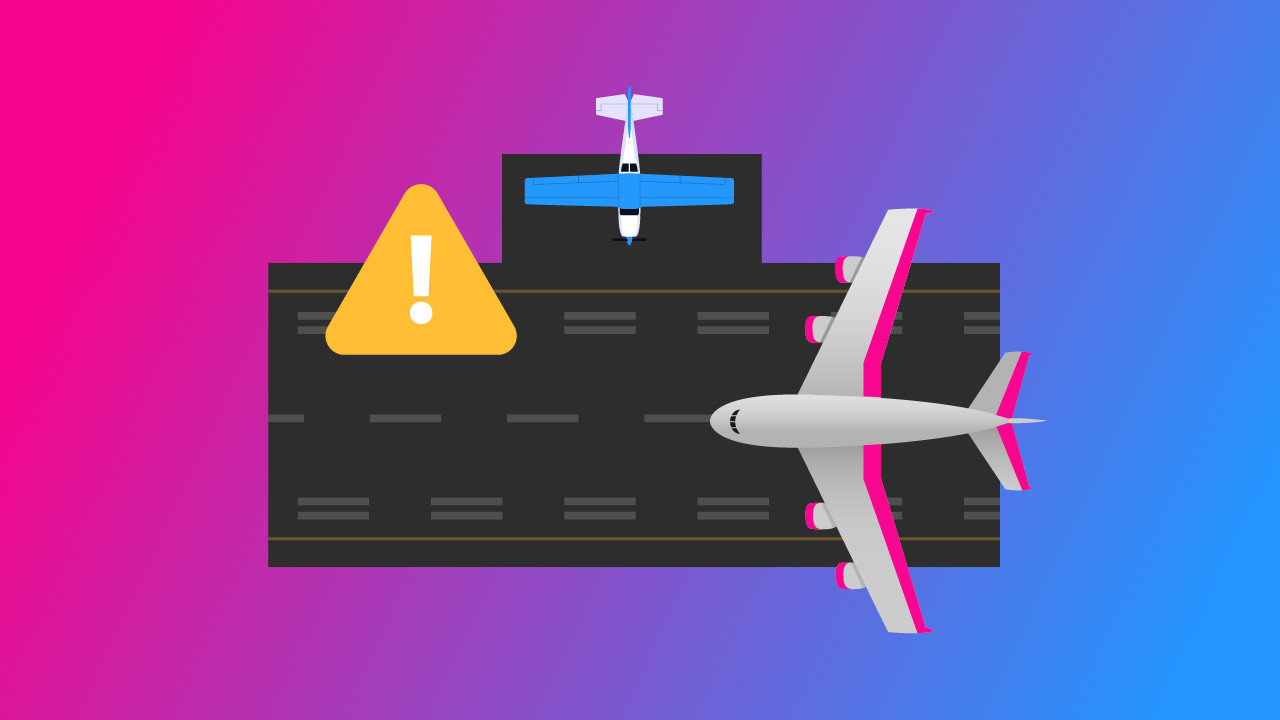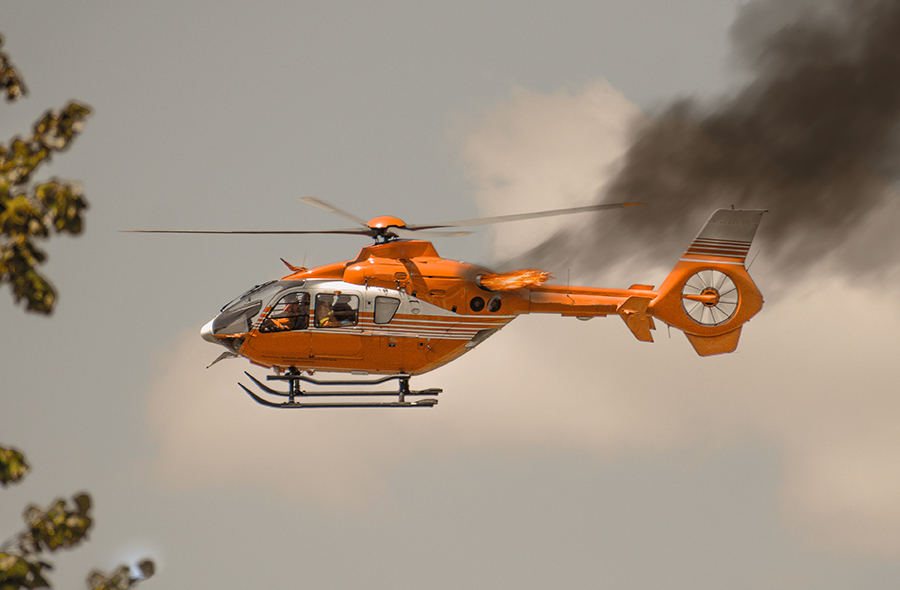-
Entry Level Helicopter Jobs
- Electronic News Gathering Pilot (ENG)
- Photo Flight Pilot
- Ferry Flight Pilot
- Frost Protection Pilot
- Co-Pilot
- Flight Instructor
-
Jobs for More Experienced Pilots
- Utility Pilot
- Agricultural Pilot
- EMS Pilot
- Fire Fighting Pilot
- Off-Shore Oil and Gas Pilot
-
Finally...
-
And then...
-
Conclusion
You have finally gained your Commercial Helicopter Pilot’s License! Now you are celebrating. From now on you can legally earn money from flying helicopters, and so you are about to look for your first job.
So what should you do first? What jobs are available to you? And what kind of work would you like to do?
There is a great deal of choice, for there are actually a huge number of possible jobs for qualified helicopter pilots. Just to give you an idea, here is a list of some of them:-
- News Helicopter Pilot (ENG)
- Utility Pilot
- Police & Law Enforcement Pilot
- Military Pilot
- Coast Guard Pilot
- Heli-Skiing Pilot
- Heli-Logging Pilot
- Flying Instructor
- Tour Pilot
- Corporate & VIP Pilot
However, you need to realize that you cannot usually do all of these jobs straight after getting your Commercial Helicopter Pilots License. A lot of new Commercial pilots do not know this. Many newly qualified pilots dream of something like flying for a billionaire as their private helicopter pilot, for example. Or maybe they think they could be working for a celebrity, taking them wherever they want to go.
But such jobs, while they do exist, are few and far between. And there is a great deal of competition for them, so they are likely to go to a pilot with a huge amount of experience, not someone who is newly qualified.
So you need to be realistic. It is better for you to look at what jobs are likely to be available for a new commercial helicopter pilot. In other words, what jobs are you likely to be able to get?
So we will now take a look at some of the jobs available and suitable for a low-hours commercial helicopter pilot. And only after that will we consider some of the jobs requiring more experience.
Entry Level Helicopter Jobs
For most of these jobs, you will only need around 200 helicopter flying hours. So they are a good way to start your flying career, even if you move on to something else later. Any of those below should be worth considering.
Electronic News Gathering Pilot (ENG)
News Gathering Pilots tend to work early mornings or later evenings much of the time, covering the traffic at those times and being on hand for any news story which turns up. Most ENG helicopters have a pilot, and then either a camera operator or a news reporter in the back of the helicopter.
The pilot’s job is to position the machine for the camera operator to take his photos. The pilot will be working with air traffic control and following their instructions, and other ENG helicopters will be in close proximity, so it can be fairly busy. Most ENG is over large, dense metropolitan areas, so the pilot must be comfortable flying in these sorts of situations…
Photo Flight Pilot
Photo flights are used to get photos of homes, yachts, construction sites, natural disasters, or anything else requiring an aerial shot. This can be a good job for a low-hours pilot, and often very enjoyable. However, there are not that many companies doing this, so it could be hard to actually find jobs.
The work itself is quite straightforward. But the pilot has to be very aware of wind and performance and be able to tell the camera operator in no uncertain terms if he asks for something difficult or dangerous, such as wanting you to hover downwind while he takes his shots. This can put a new pilot in quite a difficult situation, and you may need to learn how to say no and mean it!
Ferry Flight Pilot
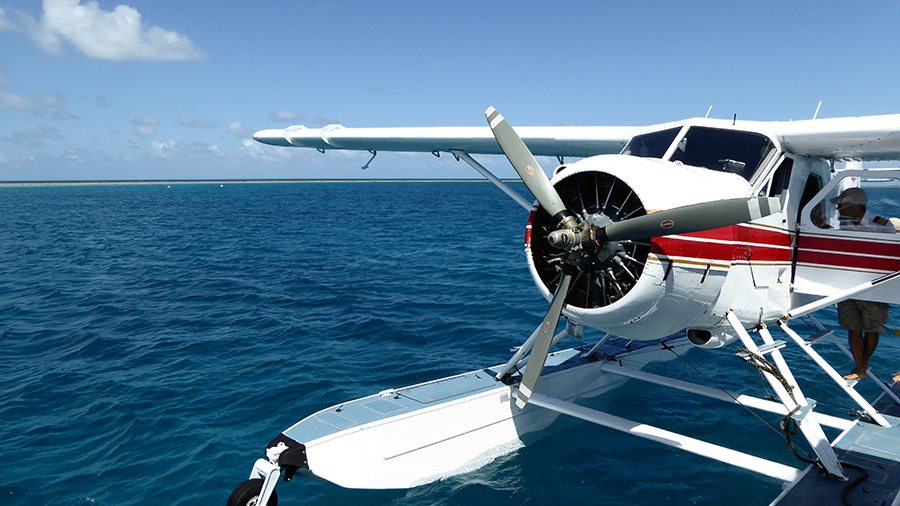
Ferrying a helicopter across the country can be a great experience. Ferry pilots move helicopters for a number of reasons You might have to deliver helicopters to new customers, move machines for planned maintenance, or return helicopters at the end of leases or contracts.
Ferry flying can be great fun, but it is not always easy. It requires good flight planning, weather monitoring, fuel planning, and good airmanship. Weather and high terrain can make ferry flights quite difficult, and you will need to develop good judgment and decision making. But it can be a good way to build extra hours quickly, as some of these flights can be very long, all the way from the Atlantic to the Pacific coast, for example.
Frost Protection Pilot
This can be an interesting job for the right pilot. This type of work usually involves flying in smaller helicopters like the Robinson R22 and R44, the MD500, or the Bell 206 Jet Ranger. Frost protection pilots fly low and slow over crops, using use the rotor downwash to pull down warmer air from above and prevent frost from forming on the crops and killing them.
This work will usually be done during the night or at the first light. It can tend to become monotonous eventually, and pilots need to make sure they stay alert and avoid low wires and other obstacles. But if you don’t get bored easily, this can be a good job.
Co-Pilot
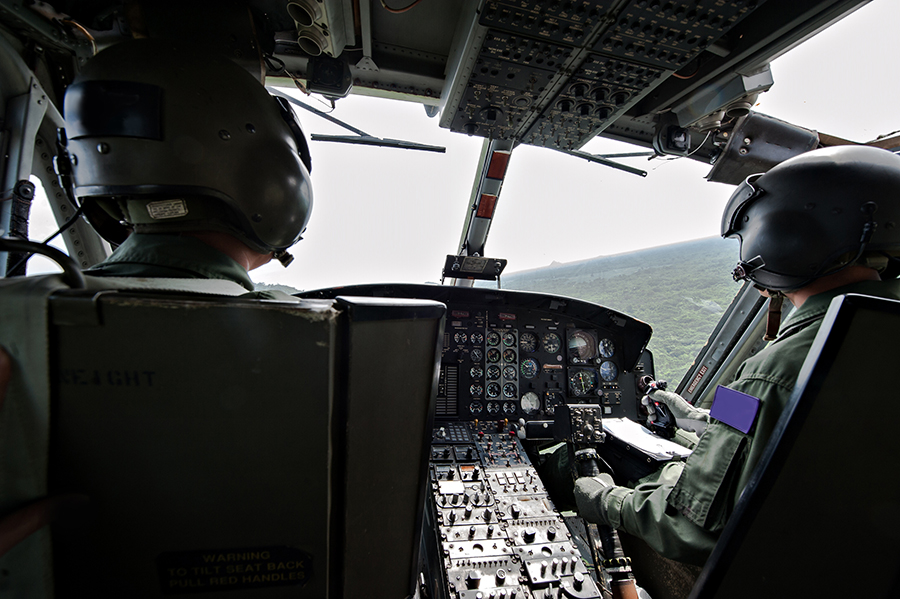
In some of the larger twin-engine helicopters, co-pilots or second pilots can be taken on with only a few hundred hours, depending on the operator and the contracts they have. So while you might not get a job like this straight after qualifying, it could be a good second or third position, after a comparatively short time.
Flying co-pilot can be a great way to gain valuable experience and knowledge. You will be flying larger helicopters along with much more experienced pilots, and you can pick up a lot. It can be an excellent learning experience. The job of the co-pilot is to help the captain in any way they require. Some captains are great and very helpful to new pilots, but some…let’s just say they are not so good! But it can still be a good way to learn and build hours.
Flight Instructor
The big advantage of being a flight instructor is that you can do it with only about 200 hours or so. The main disadvantage is that you will need to do an instructor’s course as well, and qualify as a Helicopter Flying Instructor. So this will cost you a few thousand dollars, on top of having just paid for all your commercial flying qualifications! Can you afford to do this?
However, flight instruction is a great way to start your career and build up some hours, and many new commercial helicopter pilots do it, at least for a short period. With a busy school, you can easily fly 500 hours in a year. Most of the time will be spent in the training circuits and surrounding areas, teaching the basic flight maneuvers. Teaching one-on-one and the class-based ground school is also part of the job.
However, some pilots find that there is more to it than that. They discover that they really enjoy teaching people to fly and get great satisfaction from enabling someone to go from being unable to handle a helicopter at all, to gaining a Private Helicopter Pilot’s License, or perhaps even more. And they may decide to make instructing a long-term career. I was one of those pilots, and I just loved instructing for many years. It is not the best-paid helicopter flying job, but if you like being with people and passing on your own knowledge, it could well be the right career for you.
Jobs for More Experienced Pilots
Generally, once you have acquired flying hours in four figures, a lot more flying jobs become possible. So here are details of some of the jobs you might get with around 1000 hours. Once you get to this point, finding work becomes significantly easier.
Utility Pilot
The general utility pilot is an all-rounder type of person. A utility pilot works for a helicopter company doing anything they require, and the type of job assigned each day can be totally varied. One day can be spent doing a pipeline survey, the next doing a photo flight for a real estate developer, the following day flying a group of people to some event. This is the way many helicopter companies operate, and your work will depend on the type of helicopters they have and the variety of customers for whom they fly.
This type of work can be very varied and interesting. It may also give you an idea of what sort of flying work you enjoy, before trying anything more specialized.
Agricultural Pilot

There are lots of jobs available in the agricultural industry. You can manage livestock, or work with pest control, logging, crop spraying, and a number of other roles. All of these jobs have their own different types of flying. Different things are required, and some jobs involve difficulties you might not even have thought of. For some, but not all, a good knowledge of agriculture would be very helpful. For allot them, you will learn more as time goes on.
These are not jobs for everyone. But many pilots find them most enjoyable.
EMS Pilot
Flying on an Air Ambulance helicopter can be a very rewarding job, particularly for those who like to help others. Also, EMS can be a very reliable, stable job, and excellent for those pilots with families who want to be home every night. A lot of other flying jobs can be seasonal or impacted by economic trends, leading to periods of unemployment each year. Air ambulance work is not like that. So if any of this sounds like you, then this could be a great choice.
Fire Fighting Pilot
This sort of work, while very responsible and quite arduous, really suits some people. Working with a machine against a wildfire can be some of the most fun a pilot can have, all while trying his or her best to help protect property and lives.
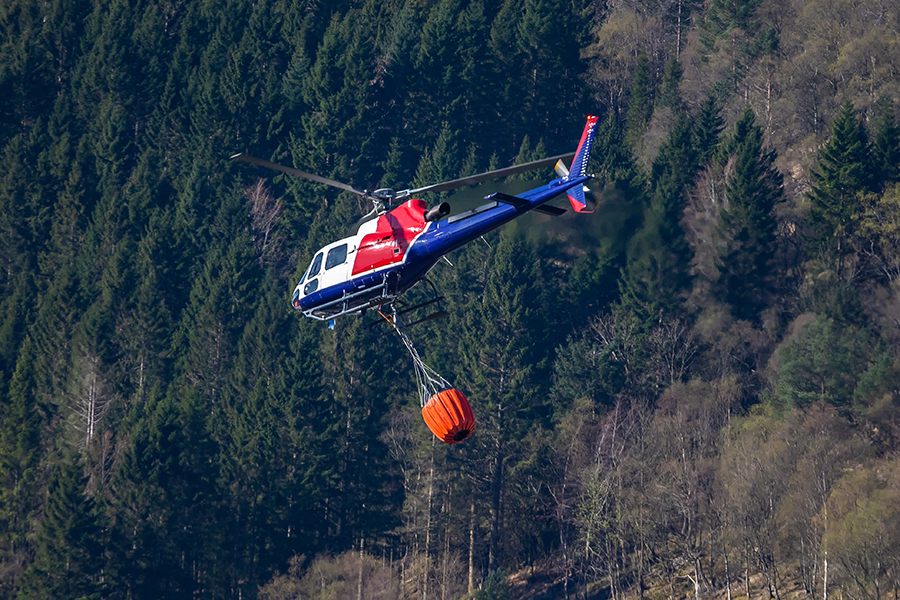
As a wildfire pilot, you can be given a variety of duties on and around a fire. Some days may be fairly quiet, but a large fire can involve you in long days with many hours flying every day. There will be lots of radio chatter, heat, smoke, and a large number of helicopters operating in a small area. An experienced pilot, but new to the world of fighting wildfires, can easily get overwhelmed. You really have to take it step-by-step to stay safe and work effectively.
But once you have some experience, this can be an immensely enjoyable, exciting, and satisfying job.
Off-Shore Oil and Gas Pilot
Helicopters are basically the taxis of the offshore world. As an off-shore pilot, you will be ferrying workers back and forth from land to drill rig or rig to rig. You may fly a variety of different helicopter types, and as a pilot progresses up to the larger IFR machines, then flying in all weather becomes part of the job. At certain times of the year, you may have poor visibility day after day, while at other times you could be operating in bright sunshine.
For some pilots, off-shore work is their ideal job and they are happy to do it for years and years. But many people find it tedious after a while, feeling they are essentially just aerial bus drivers. A friend of mine who did this eventually found it incredibly boring! So give it a try, perhaps, and see if it is the life for you.
Finally…
There are many other jobs you could apply for; this is merely a taster. Other jobs include Police and Law Enforcement Pilot, Search and Rescue Pilot, Heli-Logging Pilot, Heli-Ski-ing Pilot, Coast Guard Pilot, Vertical Reference Pilot, and Tour Pilot. All of them require different flying skills, and one of them may be exactly what you are looking for long term.
And then…
With enough experience, after perhaps five to ten years, the sky is the limit. You might find yourself working in the entertainment industry, perhaps in places like Holywood, where you could be ferrying VIPs and famous film stars. Once you actually have the experience, this sort of work becomes quite possible. For some people, it is exactly what they want to do. But for others, being at the beck and call of a famous person, and essentially a servant is not why they became a helicopter pilot, and it may not suit them at all.
However, once you’ve chosen a job, you don’t need to stay in it forever – you can always change your mind. By this point, you will be experienced in all sorts of situations, and these skills will transfer well to any field. Some jobs may require a little bit of specific training, but even those shouldn’t take too much more effort. So if you start working in an industry and then decide you want to do something else, you can switch over with very little hassle.
And if eventually, you’ve had enough of flying, you may in time qualify for a management position. It could help if you have a degree, so if you think you might want to do this, even in the future, it could be worth studying for a degree at some point. It isn’t absolutely necessary but will put you ahead of the competition.
Conclusion
As you will now have realized, getting a Commercial Helicopter Pilot’s License is just the beginning. After that, a huge variety of helicopter flying jobs is open to you, although it may take a few years to become established in the industry and do the job you want to do. But five to ten years is usually reckoned to be enough to successfully undertake any of the jobs described above.
And what about pay? Helicopter flying jobs vary dramatically in this as in just about everything else. But pay is not at all bad. According to the U.S. Bureau of Labor Statistics, the average salary of a Helicopter Pilot is $77,200 annually. The lowest-earning Helicopter Pilots make less than $39,430, while the highest-paid ones earn more than $147,240. So flying helicopters might not make you super-rich, but you should certainly earn enough to live comfortably.
And think about it – who else has a job they absolutely love doing, and who else manages to get up in the morning looking forward to their exciting, enjoyable, worthwhile working day?
